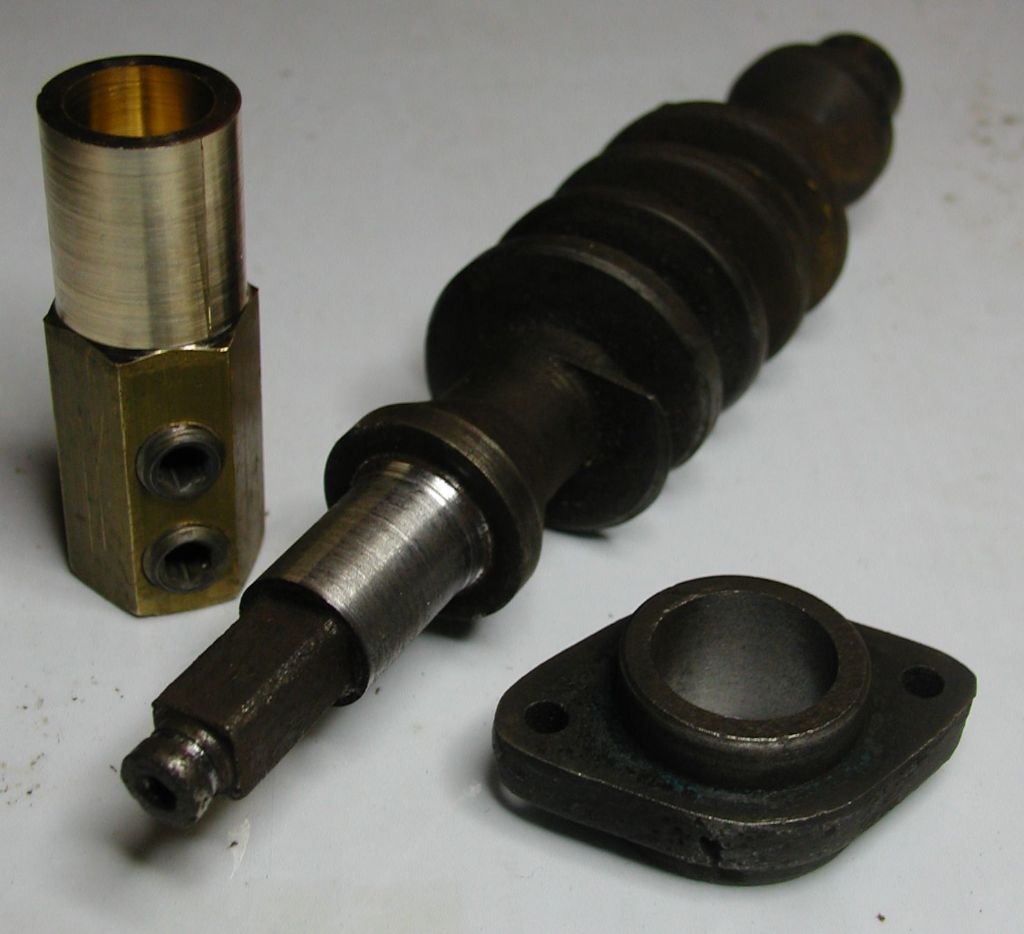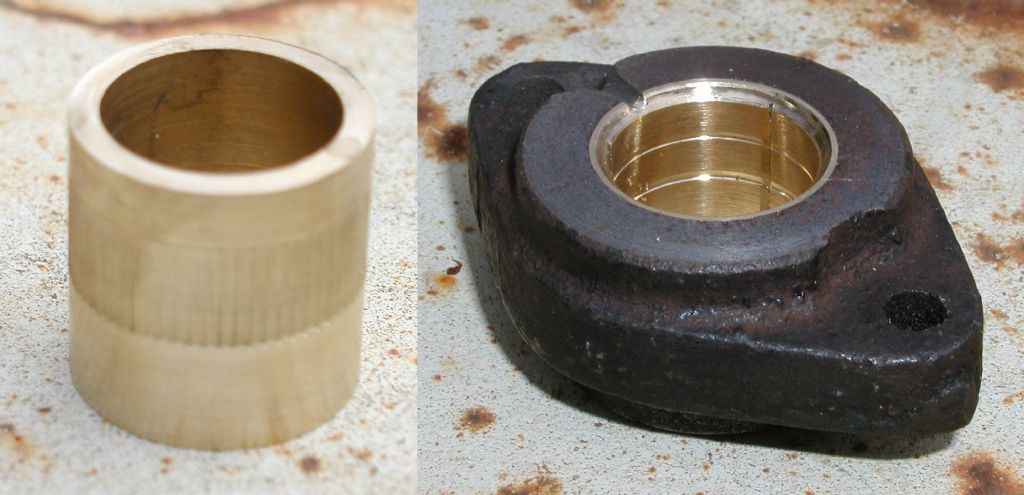Best approch for securing a brass bush
Best approch for securing a brass bush
- This topic has 8 replies, 5 voices, and was last updated 1 April 2011 at 20:47 by
 Nicholas Farr.
Nicholas Farr.
Viewing 9 posts - 1 through 9 (of 9 total)
Viewing 9 posts - 1 through 9 (of 9 total)
- Please log in to reply to this topic. Registering is free and easy using the links on the menu at the top of this page.
Latest Replies
Viewing 25 topics - 1 through 25 (of 25 total)
-
- Topic
- Voices
- Last Post
Viewing 25 topics - 1 through 25 (of 25 total)
Latest Issue
Newsletter Sign-up
Latest Replies
- Soldering to gold plating
- Model Engineer Magazine Collection
- Measuring a double Vee lathe bed Vee position
- Drawings for constructing a Rolling Road
- Herbert B drill information?
- TurboCAD – Alibre File Transfers.
- How many spokes do I really need?
- Boiler Design – issue 4765
- Advice to machine stationary engine base plate
- Silver steel crankshaft







